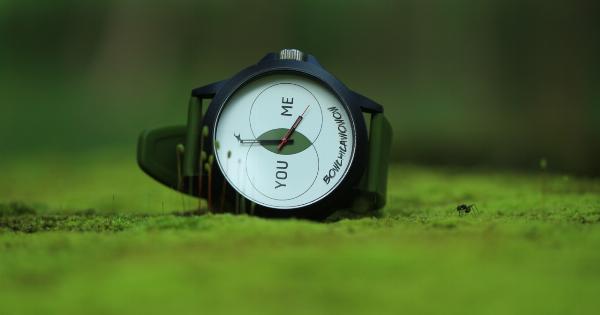Orgasms are the ultimate pleasure that one can experience during sexual intercourse. It is the peak physical sensation that releases endorphins and gives an immense feeling of happiness, euphoria, and satisfaction.
Men and women have been arguing about having better orgasms for decades; however, there are many factors that can affect the quality of orgasms, including biology, psychology, sexual preferences, and behavior. In this article, we will explore the different aspects of orgasms and try to answer the question: Men vs. Women: Who Has Better Orgasms?.
Biology and Anatomy
The biology and anatomy of men and women are different; hence, the way they experience orgasms is also different.
Men have a prostate gland, which is responsible for producing semen; hence, the stimulation of the prostate gland can lead to intense orgasms that are often perceived as stronger than the regular orgasm. Women, on the other hand, have the clitoris, which contains more than 8,000 nerve endings, and its sole purpose is to provide sexual pleasure.
The clitoris is often the key to women’s orgasms and is considered to be more sensitive than the penis and other erogenous zones.
Psychology and Emotions
The psychology and emotions of men and women play a significant role in experiencing orgasm. Men are usually focused on achieving orgasm, and their attention is primarily on the physical aspect of sex.
They are often stimulated by visual and physical cues and focus on the act of penetration. Women, on the other hand, require more emotional and mental stimulation along with physical stimulation. They prioritize intimacy, and the act of sex is more about emotional connection rather than just physical satisfaction.
Hence, men often find it easier to achieve orgasm, while women require more time and effort.
Sexual Preferences and Behavior
The sexual preferences and behavior of men and women also influence the quality of orgasms. Men are often more straightforward and have a direct approach towards sex. They often prefer penetrative sex and seek satisfaction through it.
Women, on the other hand, have a diverse range of sexual preferences, and their preferences can vary from person to person. Some women prefer clitoral stimulation, while others prefer vaginal or G-spot stimulation. Hence, understanding the sexual preferences of one’s partner is crucial in experiencing better and more fulfilling orgasms.
Orgasm Gap
Despite all the differences between men and women, one thing that is quite evident is the orgasm gap between the two genders. Studies have shown that men are more likely to have orgasms during sexual intercourse than women.
A study conducted by the Kinsey Institute found that only 65% of heterosexual women had an orgasm during sexual intercourse, while 95% of heterosexual men achieved orgasm. This disparity is often attributed to the lack of communication, inadequate sexual education, and societal norms that prioritize male pleasure over female satisfaction.
Conclusion
Orgasms are a vital aspect of sexual intercourse, and experiencing a good orgasm is essential for a fulfilling sexual life.
While men and women have different biology, psychology, sexual preferences, and behavior, both can achieve satisfying orgasms if they understand their partner’s needs and requirements. Rather than arguing about who has better orgasms, it is more important to focus on bridging the orgasm gap and creating a more fulfilling sexual experience for both partners.


























